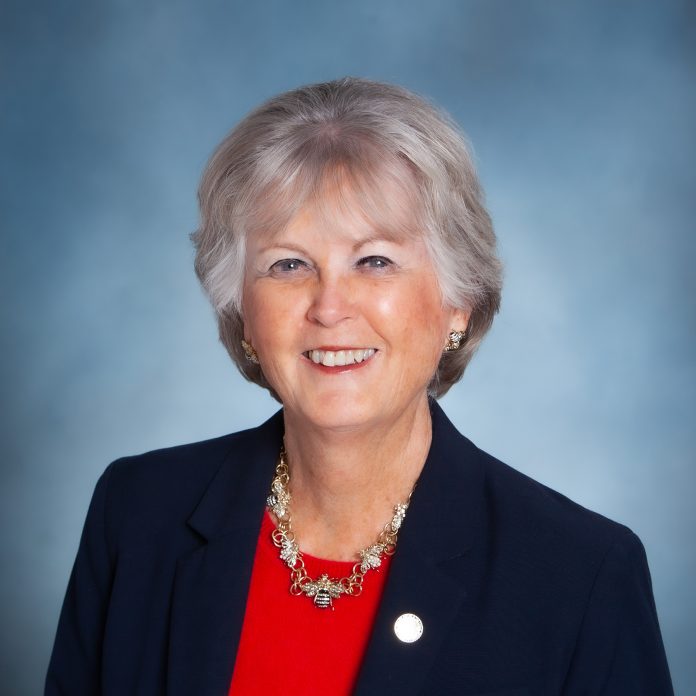Small businesses in the unincorporated communities in San Diego County with less than 50 employees will be able to apply for loans of up to $50,000 each — from the County. On April 21, the Board of supervisors unanimously voted to launch a $5 million loan program to help restrain the small business losses related to the coronavirus epidemic. The San Diego Foundation will oversee the program. District 5 Vice-Chairman Jim Desmond and District 2 Supervisor Dianne Jacob proposed the initiative. Borrowing businesses will be charged no more than 2% interest with a five-year loan. Businesses that can retain and create jobs have priority.
San Diego Foundation President/CEO Mark Stuart stated that with the Loan Program, the county made an early a vital commitment to the recovery of small businesses and non-profits. “It’s going to take all agencies, organizations and sectors working together to develop regional assets like the Loan Program to rebuild our economy and get San Diegans back to work,” he said.
At Jacob’s East County Virtual Town Hall on Tuesday, she said that reopening recreational spaces and businesses have to stay in line with the governor’s orders, and that states have to follow within the federal guidelines. She said she understands the anxiety and frustrations that people are feeling right now, but that East County is doing a good job at following the guidelines, and the numbers show that. But in terms of the local economy, she said that it is facing two crises right now. The COVID-19 health crisis and that this health crises is “on the back of our businesses.”
“Our economy depends on it,” she said. “And what we are trying to do is handling both at the same time.”
Jacob said that they are hoping to have the application process for businesses opened by the beginning of May so businesses can start applying for the loans, and by June to get the money to the businesses. Business can now file a business interest form so that the Foundation can build a lead list and stay in contact with interested businesses.
Jacobs said she still had concerns on where the County stands right now with COVID-19 and that is was a social, emotional, healthcare and economic issue. She said after a surge in Tuesday’s report of cases and deaths was not good news, that the trend is looking good. She said that testing 3,500 a day is not enough and that more testing and tracing practices need to be in place. Jacob said the important reason to stay within the guideline of the health orders is to make sure that the local healthcare system is not overloaded. The County’s hospitals are at around 68% capacity now, and the County is working on expanding the capacity. She said she is concerned that there might not be enough healthcare workers, personal protective equipment, and ventilators. Jacob said that County revenue is down while its expenditures going up, and that is not a good trend line. Jacob said she is also concerned of the ability of the transmission of COVID-19 across the border.
“We don’t ultimately know what we will need yet,” said Jacob. “We are preparing for a surge in the COVID…When you look at these trend numbers, that’s not all that’s happening. They are reported numbers. Multiply those number by about 10 and that is probably a little more accurate of what we are dealing within this county.”
As far as opening up recreational spaces and businesses, the county and cities have to meet the governor’s requirements. Testing, contact tracing and those exposed, the prevention of infection of people at risk, the ability of hospitals and health systems to handle surges, therapeutic research, the ability for businesses, schools and childcare facilities to support physical distancing, and the ability of when to reinstitute measures such as “Stay at Home as Necessary.”
Jacob said she want to hear from businesses on what protocols that they can make to ensure the safety of people and that these vary from business to business, but this is a necessary process for the local task force so that they can make recommendations to the county and the state before they can take action. She said the County is working on lifting some of the restrictions like other cities in the county that have already opened some recreational spaces and that it is working with the cities to open up the beaches.
East County Economic Development (ECD) Vice President/COO James Sly and East County Small Business Development Center (SBDC) director said that the EDC and the SBDC work hand in hand with many projects. Sly said since March 16, his East County SBDC has met with more than 250 small business owners and entrepreneurs and more than 520 counseling sessions.
“There are a lot of free resources for businesses at the East County SBDC,” he said. “We’ve seen restaurant owners that haven’t been able to stay open. We’ve seen them slowly transition to take out to at least to keep their income moderately stable. We’ve seen manufacturers who make aerospace parts, who are now producing hand sanitizing and personal protective equipment. For many of our clients this is a very scary period as they look at their downturn in income.”
Sly said it was their job to sift through all of the information on businesses, COVID-19 and make terms that are the easiest for businesses to receive help and access these resources. He said for all programs, from local to federal, the key for businesses to have their information ready and to apply as soon as possible. The Economic Injury Disaster Loan and the Payroll Protection Program worked so well, it ran out of money, said Sly. With the new relief package going through the Capital now, these programs should be funded again.
Links for small businesses:
www.sdfoundation.org
www.disasterloan.sba.gov
www.eastcountyedc.org
www.sdivsbdc.or/eastcountysbdc














